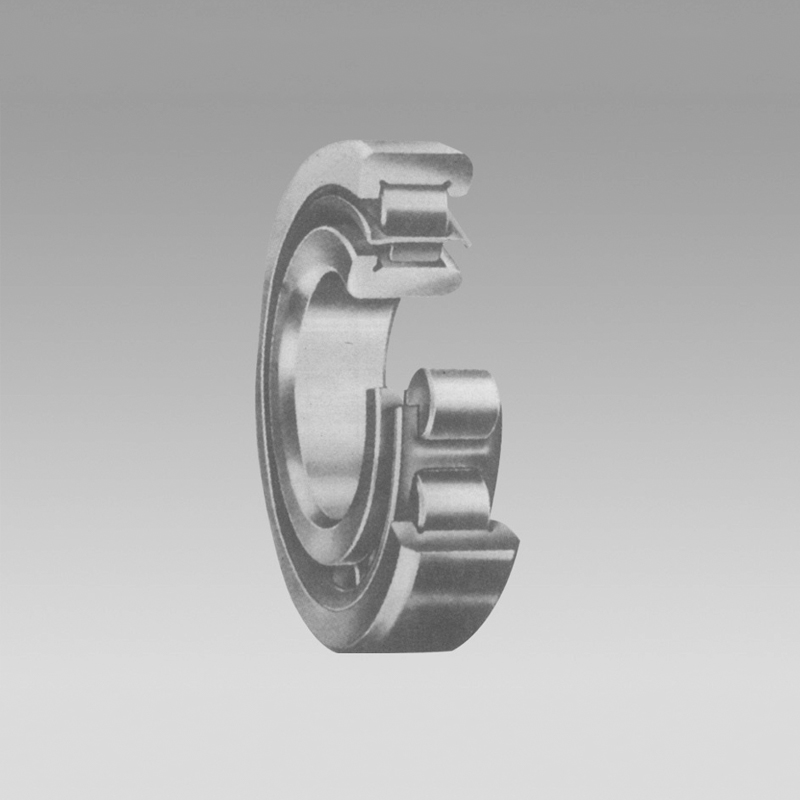
Sep . 28, 2024 23:50 Back to list
Understanding the Functionality and Applications of Spherical Thrust Roller Bearings
Spherical Thrust Roller Bearings An Overview
Spherical thrust roller bearings are a crucial component in various industrial applications, primarily designed to accommodate heavy axial loads and provide stability to rotating machinery. Unlike conventional bearings, spherical thrust roller bearings have a unique design that allows them to handle misalignment and reduce friction, making them an ideal choice for demanding environments.
Design and Structure
At the core of a spherical thrust roller bearing is a set of cylindrical rollers arranged in a spherical configuration. This distinctive shape allows the rollers to pivot within a concave raceway, accommodating both axial loads and any misalignments that may occur during operation. The ability to self-align is one of the most significant advantages of these bearings, making them suitable for applications where shaft deflection or improper installation might lead to misalignment.
Typically, these bearings consist of three main components the inner ring, the outer ring, and the cylindrical rollers. The inner ring is mounted on the shaft, while the outer ring sits in the housing. As the rollers operate, they are sandwiched between the rings, allowing them to rotate freely and efficiently transfer loads. Depending on the application, spherical thrust roller bearings can also include additional features such as seals and lubrication grooves to enhance their performance and longevity.
Applications
Spherical thrust roller bearings are widely used across various industries due to their robust design and high load-carrying capacity. They are particularly common in applications involving heavy machinery, such as construction equipment, mining operations, and marine applications. In these settings, the ability of the bearings to handle misalignment is essential, as equipment may endure severe operating conditions that cause deformation and misplacement of components.
Moreover, these bearings are frequently utilized in the manufacturing and processing industries. Equipment such as presses, conveyors, and wind turbines often requires reliable systems that can handle significant thrust loads. Spherical thrust roller bearings provide the necessary support, ensuring smooth operation and minimizing the risk of premature failure.
spherical thrust roller bearings

Advantages
Spherical thrust roller bearings come with several benefits that enhance their desirability in industrial applications. The self-aligning feature helps to maintain optimal contact between the rollers and the raceways, even in conditions of misalignment. This characteristic significantly reduces wear and tear on the bearing surfaces, leading to a longer lifespan and higher reliability compared to traditional bearings.
In addition, the design of these bearings allows them to operate efficiently under high loads, making them ideal for heavy-duty applications. With reduced friction between the rollers and raceways, energy consumption is minimized, leading to lower operational costs. Properly lubricated, spherical thrust roller bearings can operate at high speeds, further increasing their suitability for various applications.
Maintenance and Care
To ensure the longevity and optimal performance of spherical thrust roller bearings, regular maintenance is essential. This includes routine inspections to check for signs of wear, contamination, or lubrication issues. The bearings should be adequately lubricated with high-quality grease or oil to reduce friction and prevent overheating.
Proper installation is equally crucial. Misaligned bearings can lead to increased wear and operational failure. Therefore, ensuring precise alignment during installation can prevent complications down the line.
Conclusion
In summary, spherical thrust roller bearings represent a vital element in modern machinery, providing robust support for heavy axial loads and self-aligning capabilities that are paramount in maintaining equipment performance. With their unique design and numerous advantages, these bearings will continue to play a significant role across various industrial sectors, contributing to increased efficiency and reliability in operations. Investing in high-quality spherical thrust roller bearings and adhering to maintenance protocols can ultimately save costs and enhance productivity in the long term.
Latest news
-
Grooved Ball Bearing Design and Functionality
NewsJun.04,2025
-
Concrete Mixer Bearing Load Capacity Testing
NewsJun.04,2025
-
6004 Bearing Dimensions in Robotic Joint Designs
NewsJun.04,2025
-
Advantages of Single-Row Deep Groove Ball Bearings
NewsJun.04,2025
-
Applications of Deep Groove Ball Bearings in Automotive Systems
NewsJun.04,2025
-
Innovations in Bearing Pressing Machine Design
NewsJun.04,2025
